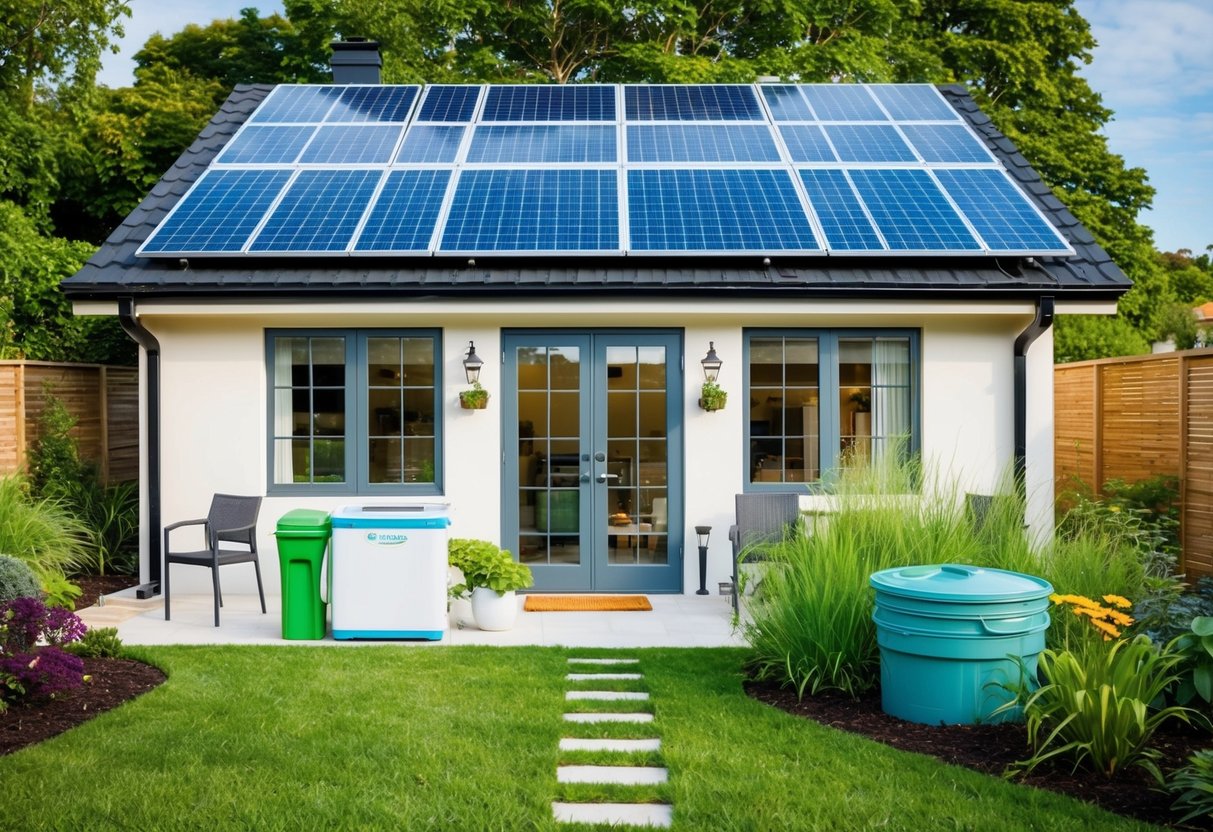Sustainable DIY Projects for an Eco-Friendly Home Makeover
Setting Sustainability Goals
Setting achievable and practical sustainability goals is essential in green remodeling efforts. These goals define the direction and scope of the project, ensuring that all efforts support improved environmental impact. Establishing clear objectives helps maintain focus and measure success in achieving eco-friendly outcomes.
Homeowners might set goals such as reducing energy consumption by a certain percentage or sourcing a specific proportion of materials locally. Sustainable practices like water-saving measures or waste reduction strategies can be integrated into the plan. Each goal should be realistic, allowing for attainable milestones that contribute to the household’s broader sustainability efforts.
These objectives guide decision-making throughout the DIY project and foster a sense of purpose. A well-thought-out plan supports consistent progress in creating an eco-friendly home. By keeping these goals in mind, homeowners can ensure that each change they make aligns with their commitment to sustainable living.
Selecting Sustainable Materials
Choosing the right materials is crucial for anyone looking to create an eco-friendly home. Opting for sustainable options like reclaimed wood, recycled products, and natural fibers such as hemp, bamboo, and organic cotton can greatly reduce environmental impact.
Reclaimed Wood and Recycled Materials
Reclaimed wood offers a unique character due to its age and previous use, providing a rustic appeal unmatched by new timber. It reduces demand for freshly cut trees, promoting forest conservation. Using recycled materials in DIY projects ensures that waste is minimized, often requiring less energy and resources compared to producing items from raw materials.
Look for certifications that verify the sustainability of these materials. Certifications can indicate whether the wood has been sourced responsibly. Projects using recycled glass or metal often come with a smaller carbon footprint and can be both innovative and stylish. These materials typically hold a distinct aesthetic appeal while upholding eco-friendly principles.
Natural Fibers: Hemp, Bamboo, and Organic Cotton
Natural fibers such as hemp, bamboo, and organic cotton offer a renewable alternative to synthetic materials. Hemp is highly durable and requires minimal water and pesticides to grow. Bamboo grows rapidly and is known for its versatility in various applications, from flooring to furniture, due to its strength and resilience.
Organic cotton is another sustainable option, cultivated without harmful chemicals and often featuring a softer texture. The USDA Organic certification can be an indicator of its environmentally friendly cultivation. These materials not only limit environmental impact but also offer unique properties that enhance the comfort and functionality of home accessories.
Energy Efficiency Upgrades

Integrating energy-efficient solutions into home renovations can significantly reduce utility bills and environmental impact. Effective improvements range from replacing traditional appliances with energy-efficient models to enhancing insulation and incorporating renewable energy like solar power.
Energy-Star Appliances and LED Lighting
Investing in Energy-Star-rated appliances is a practical step for homeowners seeking energy efficiency. These appliances use less electricity compared to conventional models, leading to substantial savings over time. The Energy-Star label ensures that products meet strict performance standards set by the Environmental Protection Agency.
Switching to LED lighting offers another energy-efficient option. LED bulbs consume far less electricity than incandescent or CFL bulbs. They also have a longer lifespan, reducing the need for frequent replacements. Both Energy-Star appliances and LED lighting contribute to reducing a household’s carbon footprint and are essential components of an eco-friendly home makeover.



